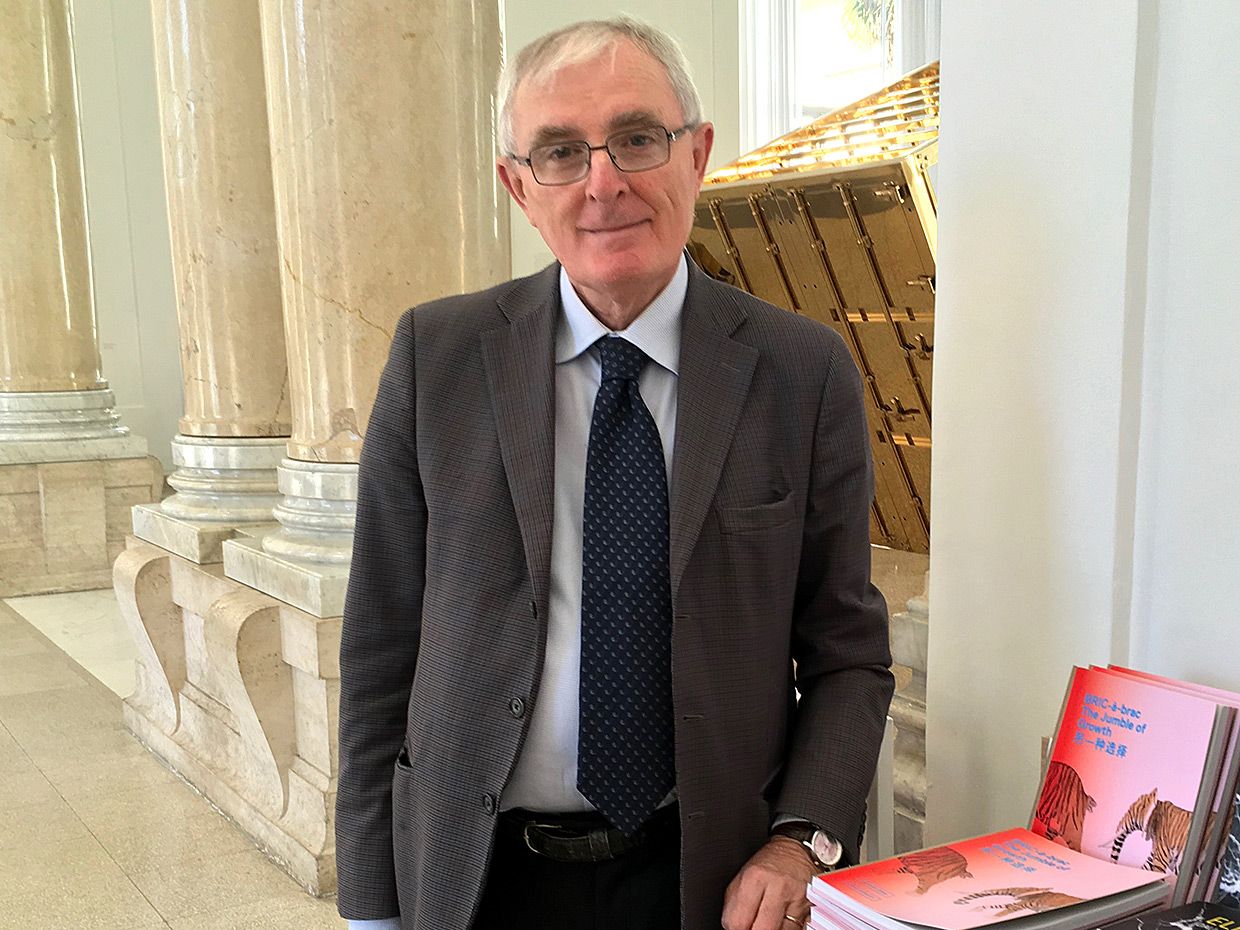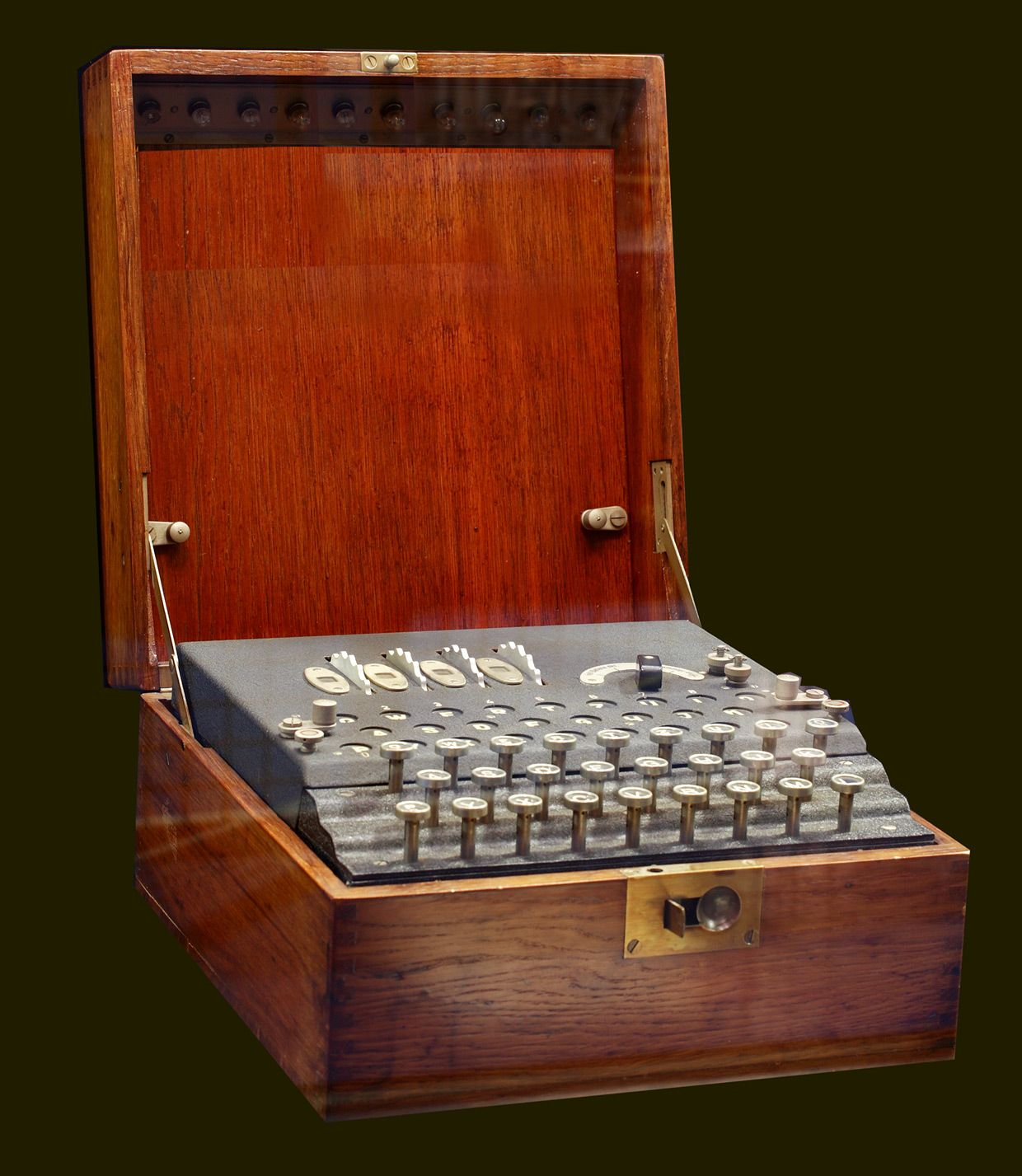Founder of Italy’s Pavia Museum of Electrical Technology Works to Keep Engineering History Alive
 Photo: Cantalupi, Pavia An overview of the museum's Electricity Comes of Age exhibit.
Photo: Cantalupi, Pavia An overview of the museum's Electricity Comes of Age exhibit. THE INSTITUTE Although not a trained historian, IEEE Senior Member Antonio Savini says he has always been interested in the origins and evolution of technology. It's important not only to preserve electrical technology and artifacts, he says, but also to explain their impact on society.
"If engineers do not understand the evolution of technology," Savini says, "they lack important knowledge that could be applied to their own innovations."
He became a member of the IEEE History Committee in 2012, and he still serves on it today.
While working as an engineering professor at the University of Pavia, in Italy, he helped establish the university's Research Center for the History of Electrical Technology in 1998. The center promotes exhibitions, meetings, and lectures and conducts research.
 Photo: Antonio Savini IEEE Senior Member Antonio Savini, co-founder and first director of the Pavia Museum of Electrical Technology in Italy.
Photo: Antonio Savini IEEE Senior Member Antonio Savini, co-founder and first director of the Pavia Museum of Electrical Technology in Italy. In 1999, Savia was tasked with leading the effort to conceptualize and design the university's Museum of Electrical Technology. Savini was the museum's director until he retired in 2015, but he's still involved.
"The intent of the museum was to preserve the memory of important steps in the evolution of electrical technology," he says.
The oldest artifacts on display are from the early 1800s.
A WALK THROUGH TIMESince 1980, the University of Pavia has been collecting old and new electrical equipment to teach its students about how machines work. Most artifacts were industrial equipment, such as large power generators, high-voltage insulators, and a tramway, Savini says. The university wanted to build a museum to showcase its collection, but it didn't think it had enough variety, he says.
According to an article in the IEEE Xplore Digital Library about the museum's establishment and its efforts to build its collection, two major Italian organizations stepped up to help. Energy company ENEL and telecommunications company SIRTI each had museums of their own but were looking for one central place to house all their technology-related exhibits, so they offered their collections to the university. That decision spurred the construction of the Pavia Museum.
The University of Pavia's electrical engineering department uses the museum's artifacts as teaching aids.
 Photo: Cantalupi, Pavia An Enigma ciphering machine that was donated to the museum by telecommunications company SIRTI.
Photo: Cantalupi, Pavia An Enigma ciphering machine that was donated to the museum by telecommunications company SIRTI. One of the artifacts from SIRTI collection was a German ciphering machine used in World War II, an Enigma, Savini says.
The museum opened its doors to the general public in 2007. During the first year the museum was open, it attracted more than 4,000 visitors, including student field trips. Since that initial year, it has continued to add exhibits and events.
CREATING A tech WONDERLANDWhen Savini began curating the museum, he asked a team of experts to help him. They included representatives from European science and technology museums.
To show visitors the evolution of electrical technology, the museum has five exhibition areas: Early Electricity (up to around 1880), Electricity Comes of Age (around the end of the 19th century), Electricity for Everyone (early 20th century), Electricity Everywhere (later 20th century), and Electricity Today and in the Future.
Today's technology museums are competing with TV programs and websites that cover the history of tech. "Museums-where wonderful objects such as a replica of Volta's electric battery, Thomas Edison's DC generator, and a German Enigma machine are preserved in a silent and isolated environment-are struggling to attract enough people," Savini says.
To modernize, the museum has incorporated touch screens that describe each artifact's importance and impact on society.
ENGINEERING AND ART MEETSavini's goal for the museum was not only to showcase the history of technology but also to promote the relationship between science and art through exhibits and partnerships with other universities and museums.
People's knowledge about the connection between art and science is fragmented because of how both are viewed in modern times, he says.
"Both engineers and artists work on the basis of curiosity and creativity," he says. In the past, he notes, there were instances when innovators, like Leonardo da Vinci, were engineers as well as artists, and vice versa.
Savini says that one of the most memorable experiences he has had in trying to bridge the gap between engineering and art was in 2016, when a group of students from the Milan Academy of Art visited the museum. While giving them a tour, Savini says, they were particularly fascinated by an exhibit on the history of electricity.
"They thought of electricity as something mysterious and wanted to know more about how it worked," he says. That experience led him to lecture at the art school about electricity. It also spurred him to start a project in which the academy's students were asked to prepare artworks for the museum incorporating electricity or inspired by it. The museum displayed the installations, paintings, and sculptures for a couple of months.
"In the future," Savini says, "we want to exhibit pieces of art from famous artists who have been inspired by electrical technology."